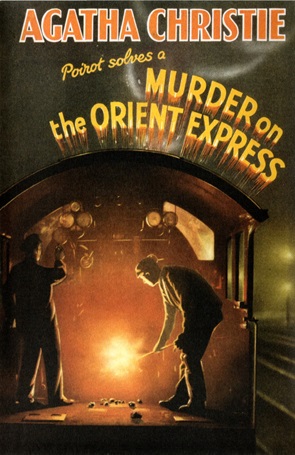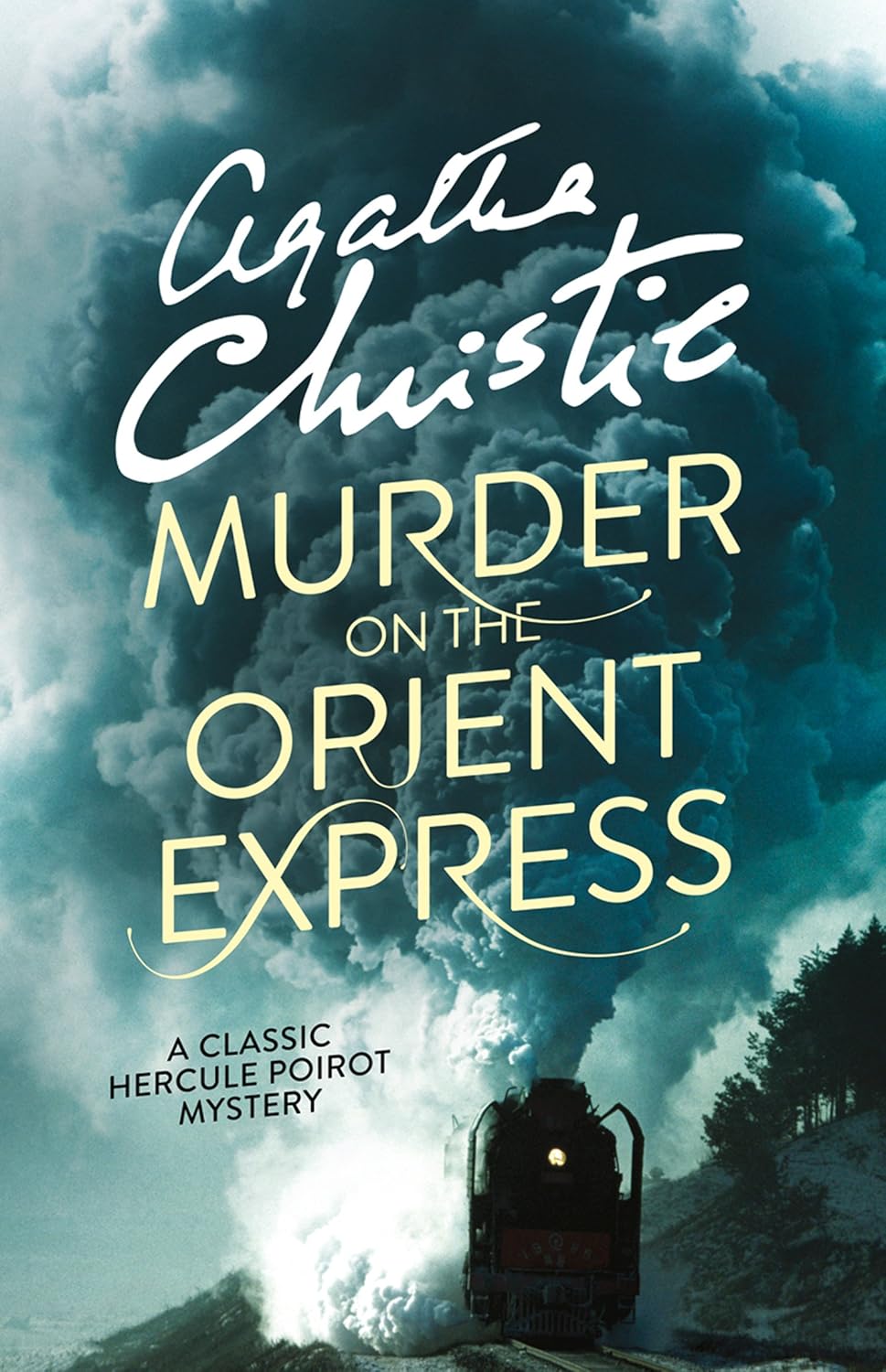Teachers tell us we have to study the classics in order to understand literary forms. For tragedy, we look at the works of Shakespeare and the Greeks; for comedy, we read Wilde and Shaw. Fantasy readers get acquainted with Tolkein and SF fans get a background of Verne, Asimov, Heinlein and Clarke before moving on to the contemporary writers. All of this sounds like a waste of time to the student who equates “classic” with “boring” and confuses “subversive literature” with subversive political groups. The truth is that stories earn the “classic” distinction when they are so brilliant and memorable that they are enjoyed and understood by generations of people, and the purpose of subversive fiction is to persuade readers to rethink their assumptions. Combine those two concepts and you’ll find Agatha Christie’s Murder on the Orient Express. No “who-dun-it” has more twists in the tale.
A bit of background for this classic “closed door” mystery, for anyone who needs it. The brilliant Belgian detective, Hercule Poirot is traveling from Istanbul to London on the fabulous Orient Express, a luxury passenger train service. On the morning after the train is stalled by a snow drift, the passenger berthed next door to Poirot is found stabbed to death. Poirot is asked by the train director he’s traveling with to find the murderer before the local police arrive so the innocent passengers can complete their journey without further delay. Poirot has to remove the few legitimate clues from a stack of red herrings left behind to determine the improbable truth behind the murder.
Because the door of of the victim’s berth’s was locked from the inside and the berth’s window is open, it looks like the perpetrator left the train after the crime. The undisturbed snow around the train proves the murderer is still on board. The passengers whose berths were in the same car as the victim are from various nations and a comparison of their statements shows almost all have alibis. These factors would have the average reader making erroneous deductions or concluding the crime is “unsolvable”. That conclusion (and every expectation) is incorrect.
When most people learn someone has been killed, they automatically sympathize with the deceased. When they hear the victim died after enduring a dozen stab wounds, the sympathy factor increases. Poirot subverts that assumption immediately when he identifies the murdered man as a kidnapper responsible for multiple deaths and the ruin of several lives. The kidnapper escaped justice through legal technicalities and lived under an assumed name on money he extorted from parents. (Much of Murder on the Orient Express was influenced by the kidnapping and death of Charles Lindbergh’s child, including the suicide of the baby’s nurse.)
An ordinary reader would look at a train car full of suspects, from different nations and backgrounds, and see a car full of strangers, some of whom should be cleared as suspects. Poirot upends this vision by seeing the same car full of people but never assumes this diverse group are all strangers. Instead he asks himself the question “Where else would one find such a diverse collection of people?” The answer to that question, and the identity of the victim drive Poirot to the solution and a decision on what to tell government authorities, as this assumption is subverted as well.
 |
| 1rst UK edition |
More than eighty years have passed since Poirot made his first steps onto the pages of Murder on the Orient Express. Since then, the story’s been printed in at least seven editions and been through an untold number of printings. (Amazon offers it in 180 separate formats!) The story’s been adapted into a radio program, a video game, two theatrical movies, a TV film and there’s another film adaptation in the works. It’s been parodied and referred to so often that people with no interest in mysteries or Agatha Christie recognize the title and know the story packs a wallop. Those who have read it understand the appeal: Christie’s mystery undercuts every expectation we have and the solution makes us glad we were wrong. It’s a classic mystery and tale of subversion.




No Comments
Comments are closed.